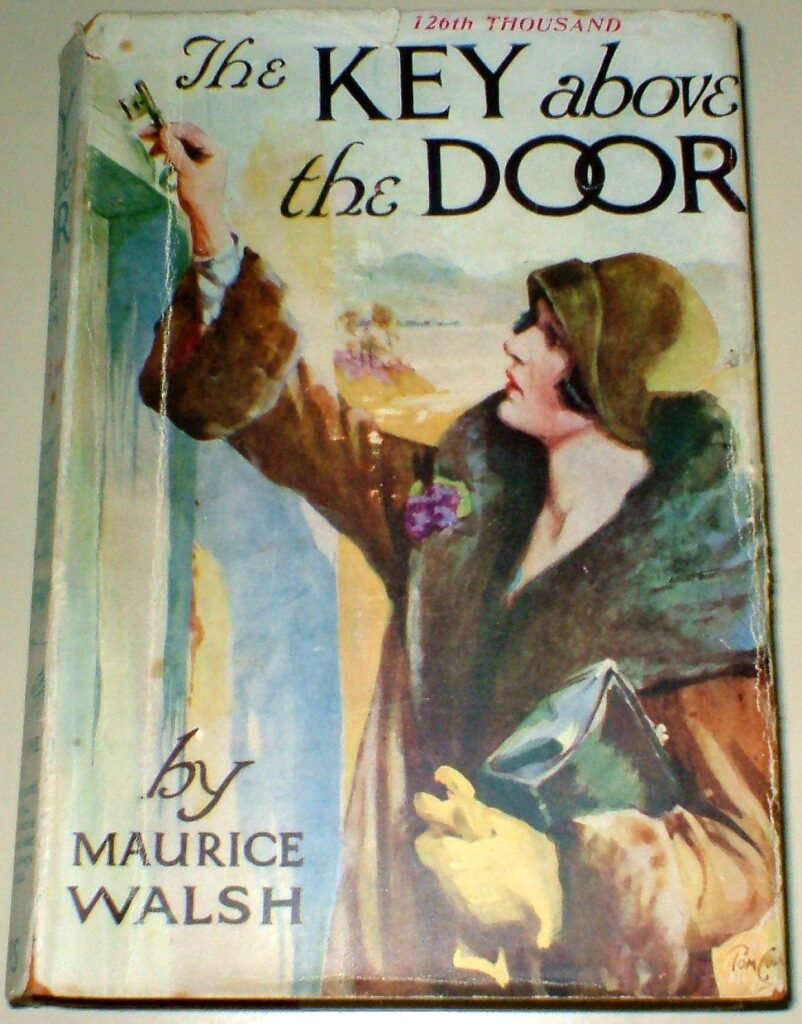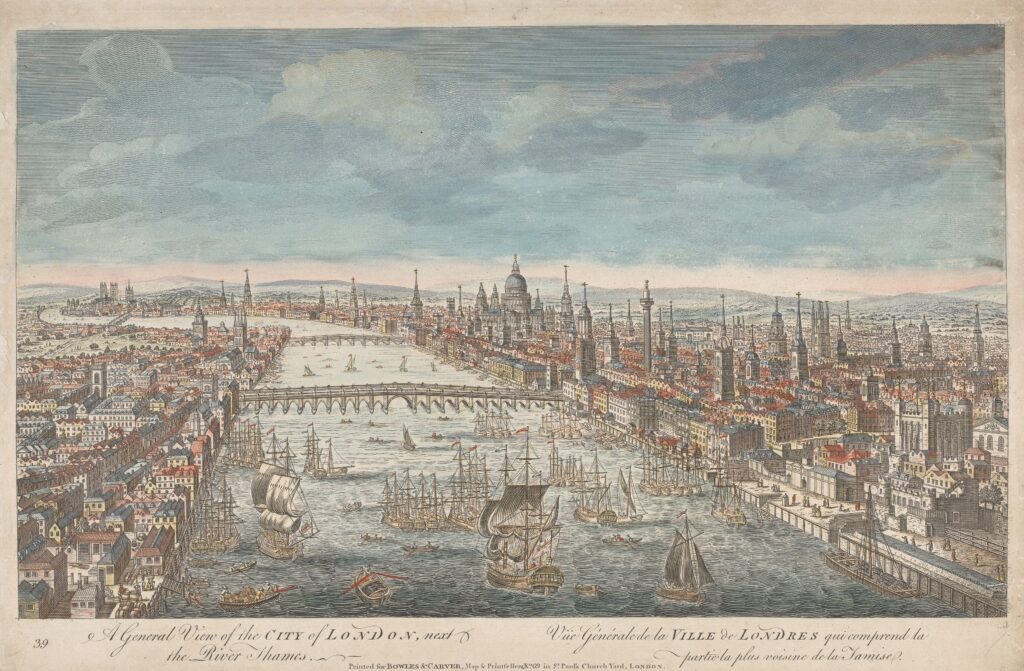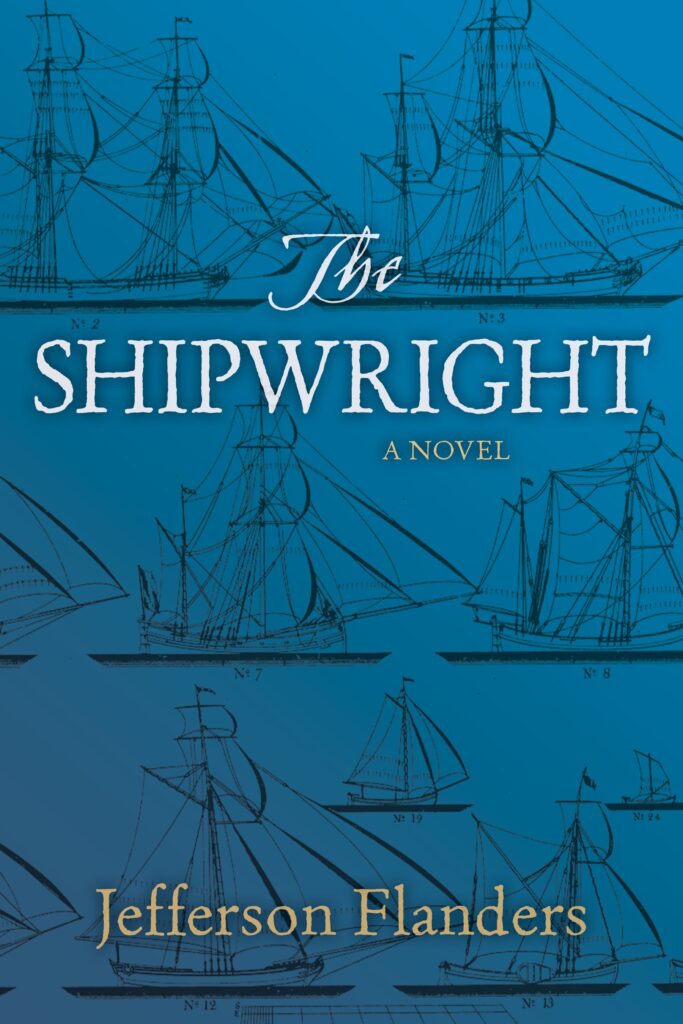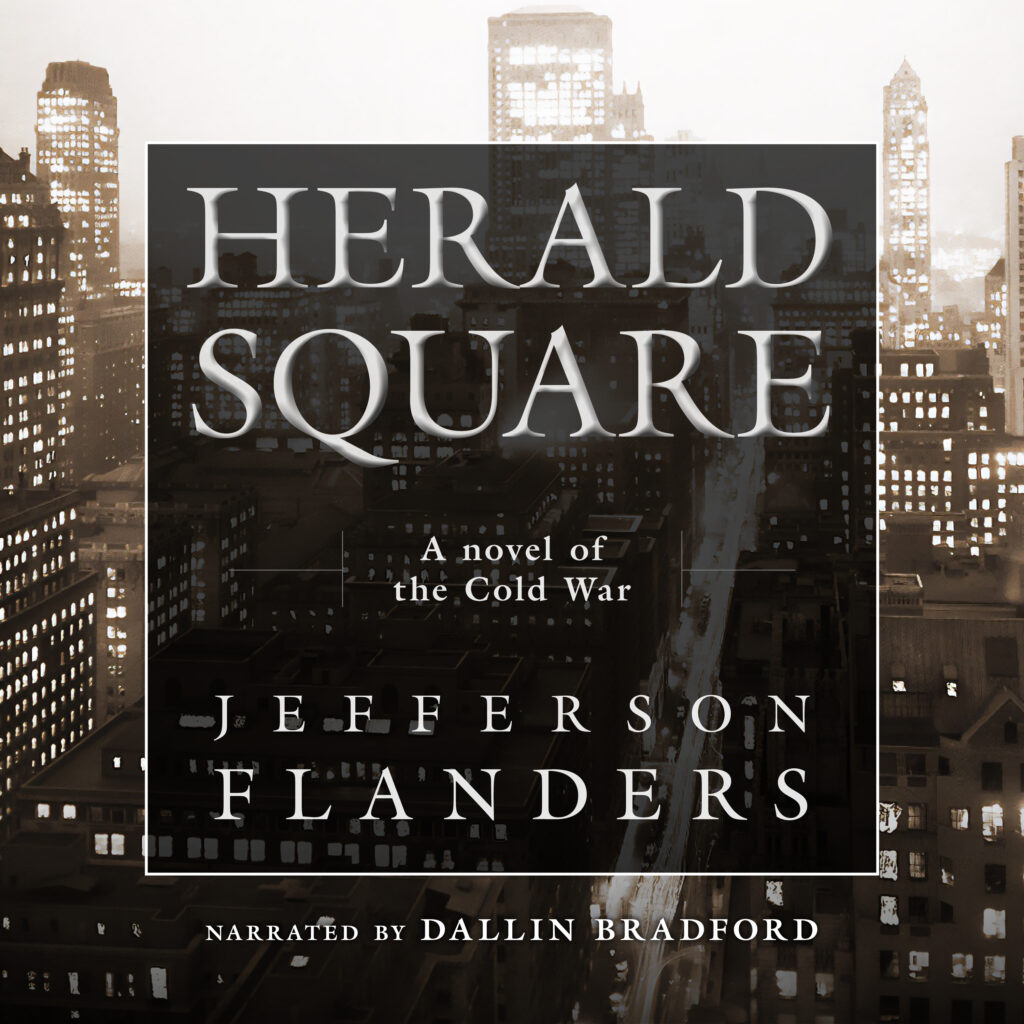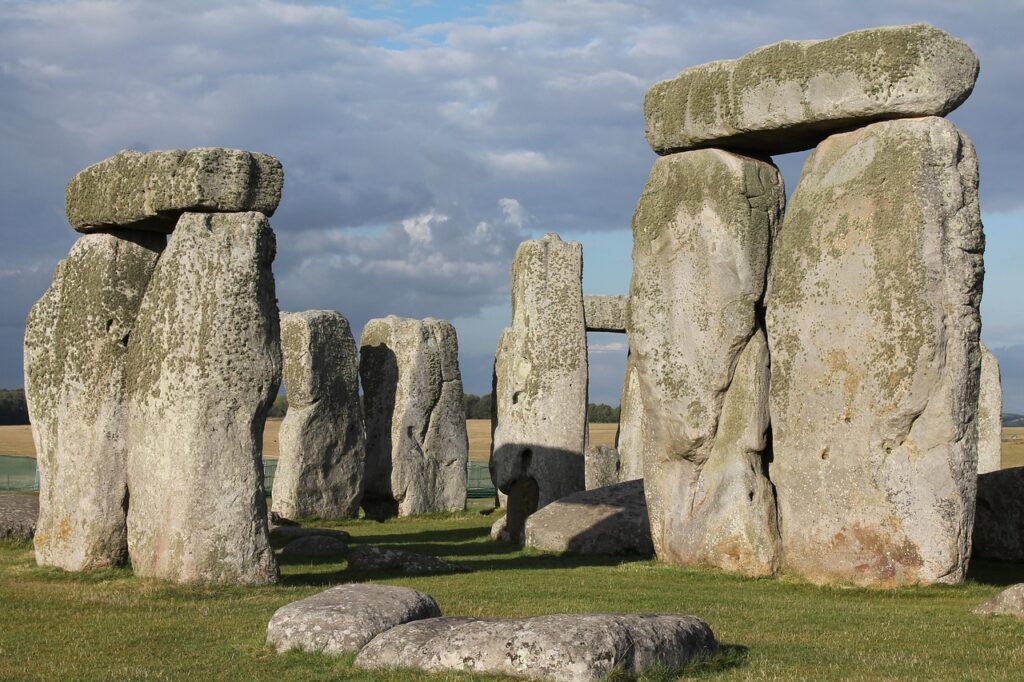
C.S. Lewis,, the English academic , author, and Christian apologist, once offered this advice on writing: “Write about what really interests you, whether it is real things or imaginary things, or nothing else.”
I think that’s much better advice than the “write what you know” cliché that many writing instructors typically suggest for beginners. Yes, I get that recommendation is meant to encourage creative authenticity, but it ignores the more important factor of creative enthusiasm.
It typically takes me more than a year to complete a novel, from start to finish. I can’t imagine investing that time and effort without deeply engaging with the story. Why would I write about something that doesn’t move me?
For the most part, prior knowledge is overrated when writing fiction. If you’re caught up in creating a compelling narrative, you can learn what you need to know–and rely on your imagination to fill in any blanks. I’ve written before about how with enough craft and some diligent research, some well-regarded novelists have fashioned a seamless fictional world with little or no first-hand experience:
Experts on life in the Soviet Union raved about the accuracy of Martin Cruz Smith’s Gorky Park, and yet the novelist didn’t speak Russian and spent only two weeks in Moscow before writing his bestseller. Patrick O’Brian, author of the famous maritime series featuring Jack Aubrey, apparently couldn’t sail. Sid Smith’s Something Like a House, a novel about the Cultural Revolution, won Britain’s Whitbread First Novel Award and yet Smith couldn’t read or speak Chinese, and hadn’t worked in or visited China. Creativity, it seems, can trump biography. In fiction, what matters is that the reader believes.
Of course, it is possible to write largely out of one’s experience, and that’s a valuable foundation for any writer. Yet writing what you don’t know but are keenly interested in strikes me as a more creatively rewarding path to follow.
© 2025 Jefferson Flanders
